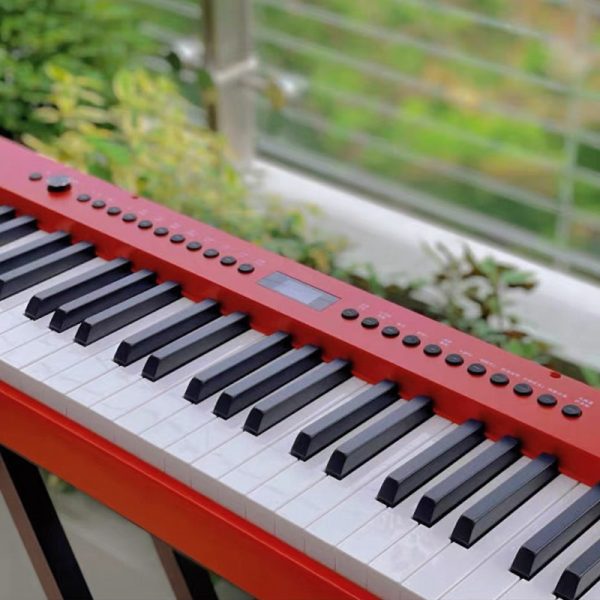Defining Polyphony
Polyphony refers to the ability of a digital piano to produce multiple sounds simultaneously. In simpler terms, it determines how many notes the instrument can play at once without cutting off previously played sounds. For example, if a digital piano has a polyphony of 64, it can play up to 64 notes simultaneously.
Importance of Polyphony
Polyphony plays a pivotal role in shaping the overall sound quality and playability of a digital piano. Higher polyphony counts allow for more complex and layered musical compositions without any notes being dropped or muted prematurely. This capability is especially crucial for advanced players, orchestral arrangements, and intricate musical pieces where every note matters.
Exploring Polyphony in Digital Pianos
Now that we grasp the significance of polyphony, let’s explore how it manifests in different types of digital pianos:
Entry-Level Digital Pianos
Entry-level digital pianos typically offer lower polyphony counts, ranging from 32 to 64 notes. While sufficient for beginners and casual players, these models may struggle to handle complex pieces with multiple layers of sound. However, they still provide a solid foundation for learning and practice.
Mid-Range Digital Pianos
Mid-range digital pianos boast moderate to high polyphony counts, typically ranging from 64 to 192 notes or more. This increased polyphony allows for greater versatility and expression, catering to the needs of intermediate players and professionals alike. These models strike a balance between affordability and performance, making them popular choices among musicians.
High-End Digital Pianos
At the pinnacle of digital piano technology lie high-end models with extensive polyphony capabilities exceeding 192 notes. These premium instruments offer unparalleled sound reproduction and fidelity, making them the preferred choice for discerning musicians, recording studios, and concert performances. With virtually unlimited polyphony, they can handle even the most demanding compositions with ease.
Factors Influencing Polyphony
Several factors influence the polyphony of a digital piano, including:
- Sound Engine: The quality and sophistication of the sound engine directly impact the polyphony capacity.
- Sampling Rate: Higher sampling rates contribute to more realistic and detailed sound reproduction, affecting polyphony.
- Processing Power: The processing power of the piano’s hardware determines its ability to handle multiple sounds simultaneously.
- Voices and Effects: The number of available voices and effects can affect polyphony, especially when layering multiple sounds.
Maximizing Polyphony Performance
To make the most of your digital piano’s polyphony, consider the following tips:
- Choose Wisely: Select a digital piano with polyphony suited to your playing style and musical needs.
- Monitor Usage: Keep track of polyphony usage, especially when layering sounds or using sustain pedals.
- Optimize Settings: Adjust settings and voice layers to minimize polyphony consumption while maximizing sound quality.
- Upgrade if Necessary: If you frequently encounter polyphony limitations, consider upgrading to a model with higher polyphony capacity.
Our company is a comprehensive enterprise ingratiating research and development, design, production, sales and service. We produce several kinds of electronic piano for all over the world.
If you want to know more details, add my whatsapp +86 17706062278. Gmail:anngood88day@gmail.com





